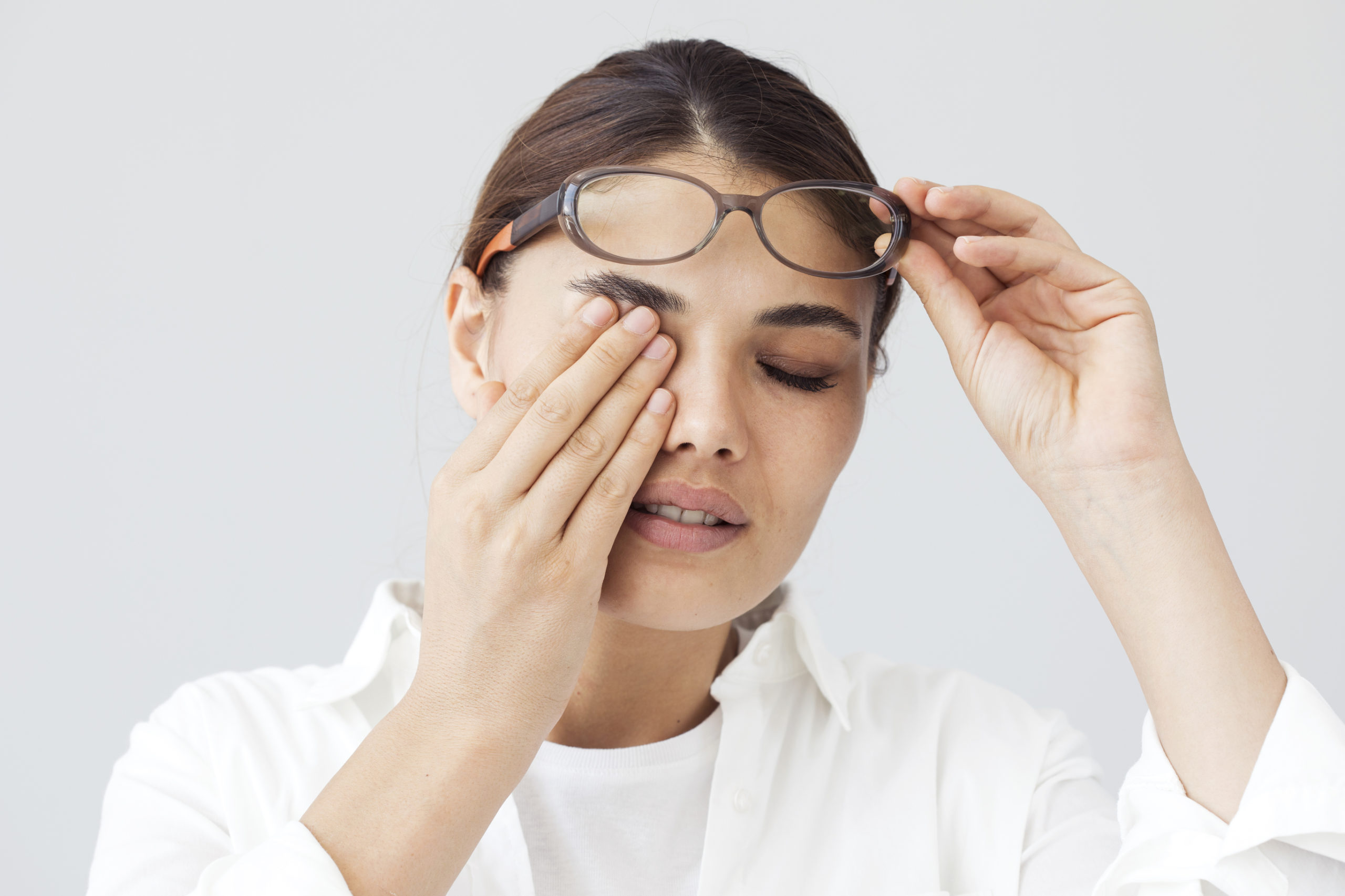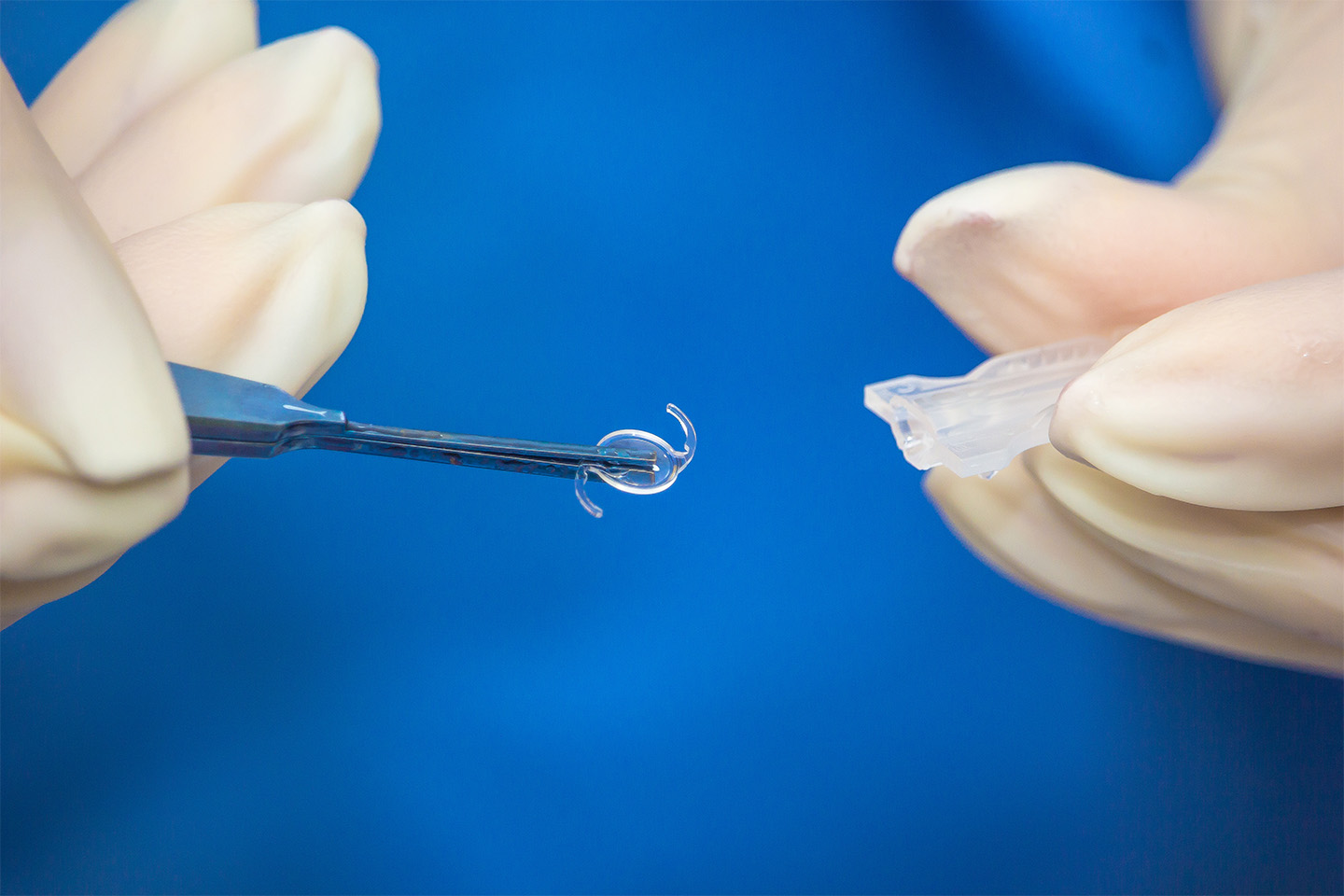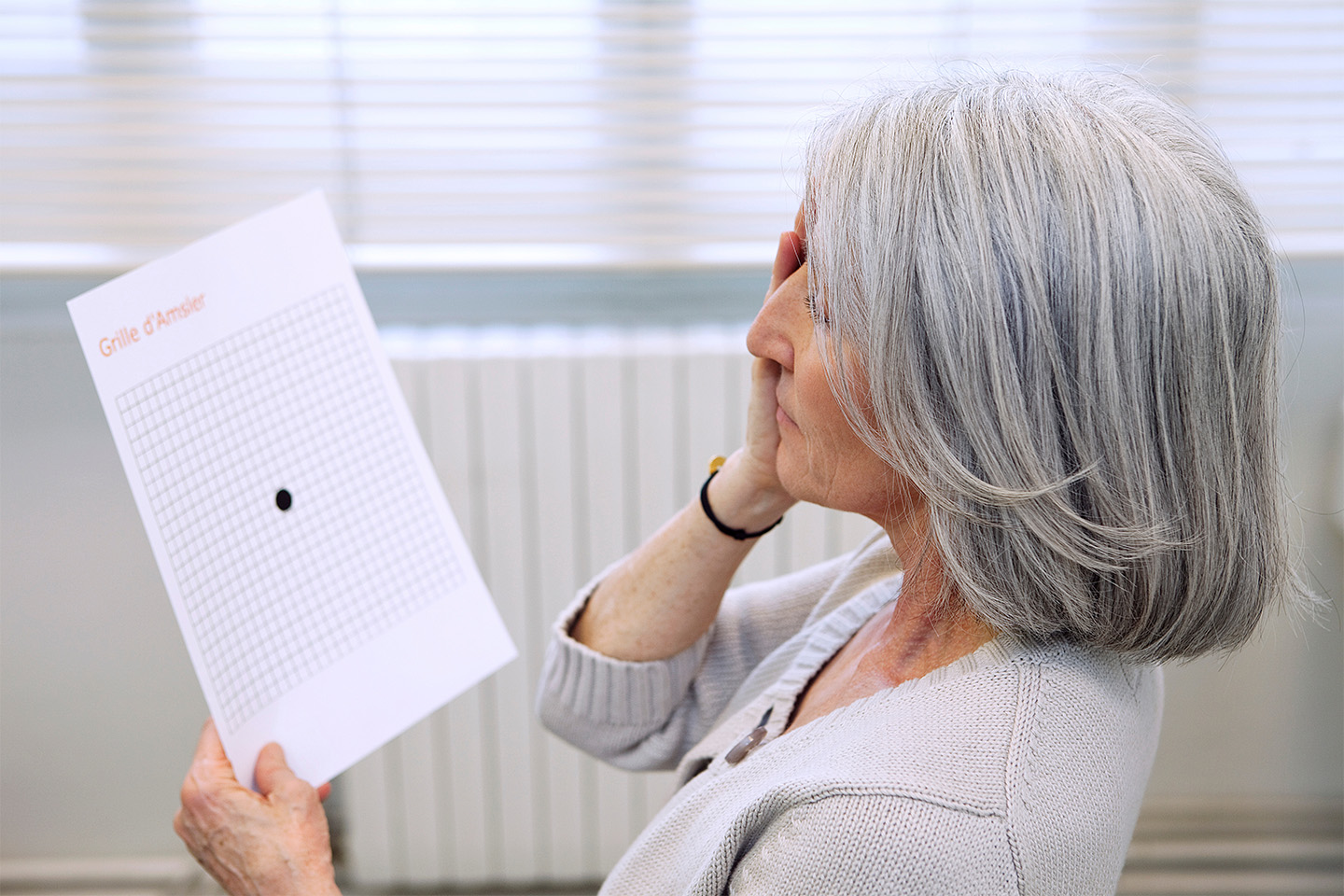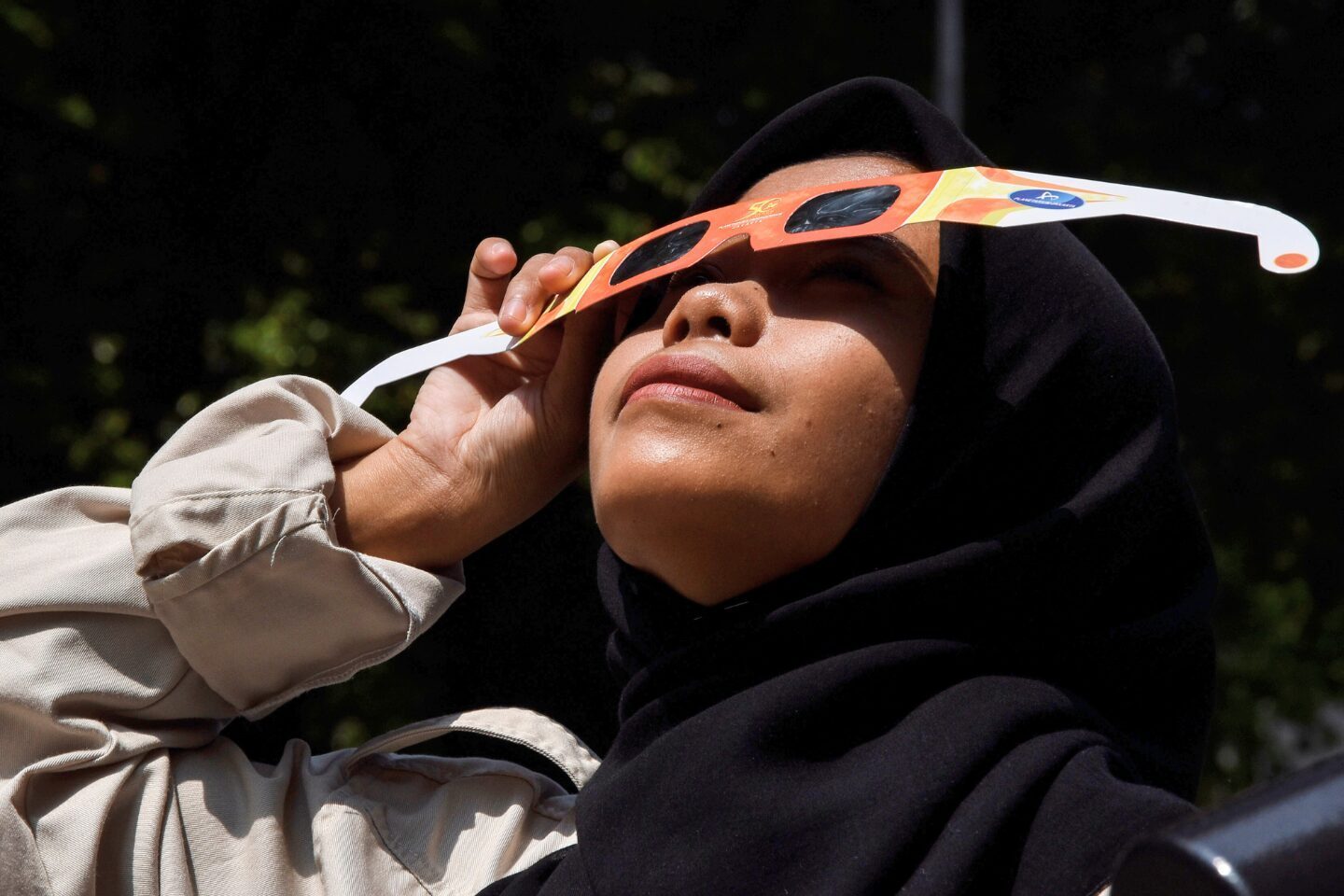Think You Might Have Cataracts? Here are the Signs.

Cataracts are the most common cause of impaired vision in older Americans — here are the warning signs to watch out for.
Have you ever tried looking through the bottom of a drinking glass? That’s sort of what it’s like to have cataracts. The most common cause of impaired vision among older Americans, cataracts can affect either one or both eyes and are the result of yellowing and thickening of the lens in the eye.
Cataracts are mostly associated with aging, but they’re even more common among smokers and people with diabetes. When they first start to develop, wearing glasses can sometimes help, but the only truly definitive treatment is a surgery to replace the faulty lens.
Because cataracts develop so slowly, it’s sometimes hard to tell whether you have them or not. Here are a few early warning signs that you may be at risk for cataracts.
-
You have difficulty driving at night
One of the first signs of cataracts is difficulty seeing at night, particularly while driving. When cataracts are first developing, bright lights and sunshine can overcome the effects of the initial yellowing of the lens. At night, though, the yellowing will become more noticeable.
-
Difficulty seeing distant objects
Even at early stages of cataract development, patients complain that they can’t see objects that are far away. Cataracts can decrease overall visual acuity, so the ability to see far-away objects — that was already difficult to discern prior to developing cataracts — will be affected first.
-
Blurry or dim vision
Vision dims for the same reason that night vision becomes difficult — the yellowing and thickening of the lens make it harder for light to get through, so objects appear less bright. The thickening of the lens also reduces flexibility, making it more difficult for the eye to focus and causing vision to blur.
-
Increased sensitivity to light
As cataracts become more prominent, people often find that bright lights become more noticeable and problematic, forcing them to frequently squint or shield their eyes. While it’s normal to experience discomfort as a result of bright sunlight or a glare, people who may be developing cataracts will notice that their light sensitivity is increased beyond normal levels.
-
Halos around light
Many patients begin to notice halos — sometimes colored, other times not — around light as their cataracts become more severe. This occurs because the hardened lens causes light to bend atypically.
-
Need brighter light to read the small print
Cataracts don’t just affect long-distance vision — it can interfere with visual acuity, too. This means that patients developing cataracts may find it more difficult to read the small print. If you’re constantly reaching for your reading glasses or seeking out a brighter light, you should be on the lookout for other cataracts symptoms too.
-
Double vision
In order to focus light properly, the eye has a tiny muscle called a ciliary muscle that changes the shape of the lens. However, when cataracts harden the lens, the ciliary muscle can’t always get the lens to form the right shape. Sometimes, the muscles are unable to focus at all, which causes double vision.
-
Age
If you’re older than 55 and you have some of these symptoms, you’re likely to have cataracts. The reality is that everyone — but especially people who might have cataracts — need to have periodic consultations with an eye care professional. Get in touch with the Kleiman Evangelista Eye Centers of Texas to make your appointment today.
Turn To The Top Eye Doctors In Texas
Check out one of our locations below for the best eye care near you:









